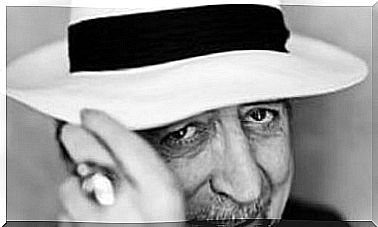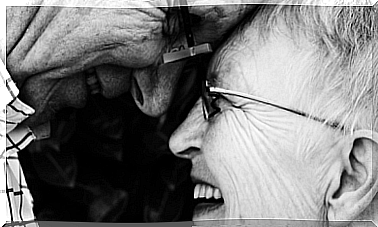Read About The Interesting Life Of Hermann Rorschach

Hermann Rorschach was a physician and psychiatrist. He belonged to the first generation of Freudian psychoanalysts. Rorschach became famous all over the world for a remarkable test. That test bears its family name, the Rorschach test, better known as the inkblot test.
Hermann Rorschach was born in Zurich, Switzerland, in 1884, into a modest family. His father was a simple painter. He earned his income with private lessons in art. Hermann Rorschach also showed an interest in drawing from an early age. He really liked a technique called ‘flexography’.
Hermann Rorschach was fond of one particular game. It involved filling a paper with ink and then folding it. In this way he obtained special and funny figures. For this reason, his own comrades nicknamed him klek, which means ‘stain’.
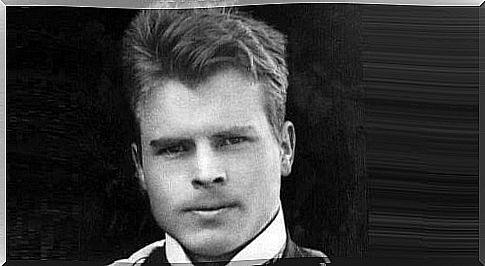
Hermann Rorschach, physician and psychiatrist
Hermann Rorschach doubted which profession he wanted to pursue. He was interested in biology and also in art. Nevertheless, he eventually chose medicine. He received his degree in 1909. Immediately he decided to specialize in psychiatry.
While studying psychiatry, he had leading psychoanalysts such as Eugen Bleuler and Carl Gustav Jung as his teachers.
Hermann Rorschach became enthusiastic about the psychoanalytic ideas and would not abandon them. He was especially interested in the subject of diagnosis. He was the person who invented the word ‘psychodiagnosis’.
Later he worked as a patient care assistant in several hospital centers. Some time later he became the director of several institutions such as Munterlingen, located near Lake Constance, Munsingen near Bern and Herisau in the canton of Appenzeil. This extensive medical experience helped him to design his famous tet.
During those years he read The Romanticism of Leonardo da Vinci by Dmitry Merezhkovsky. This book was published in Saint Petersburg in 1902. There is a passage in the book where one of the characters, named Giovanni Boltraffio, follows some damp spots.
This passage really caught Rorschach’s attention. The text goes like this. “On the walls, in the mixture of stones, in joints, in the mold drawings of stagnant water… I have often found similarities with beautiful places, with mountains, with steep peaks, and so on.”
The Rorschach Test
Hermann Rorschach’s life was short. When he died, he was only 38 years old. In the last three years of his life he wrote the work for which he is still remembered today. It was titled Psychodiagnosis and was published in 1921. In this work Rorschach determined the basis of his test. He called the test “projective.”
He pointed out that his goal was to investigate the imaginary representations of people. Through the test, he asked them to explain in words the associations they made in connection with some drawings.
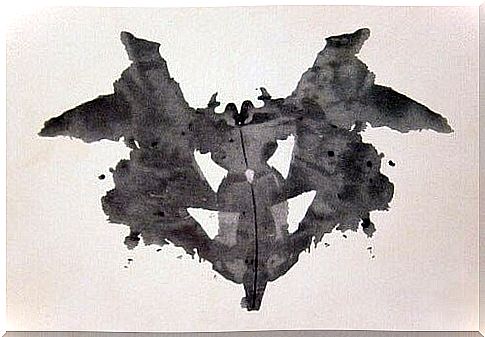
Rorschach had previously studied sleep, delirium, and hallucinations in great detail. He was always a follower of Freud. Yet we clearly see an influence of Jung in his concepts and in his use of language. In the answers of his patients he looked for the inner images and traces of civilization.
He managed to summarize everything in 40 images that are apparently ‘spots’. The patient observes the images and says what he sees in them.
Today, psychiatrists and psychologists use only 15 of these images when applying the Rorschach test. At the time, the main goal was to determine whether the patients were neurotic or psychotic.
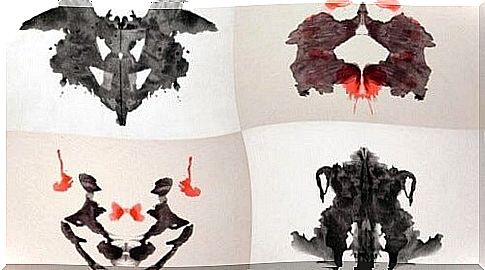
Hermann Rorschach’s Legacy
Clinical psychologists widely use the Rorschach test as a diagnostic tool. Today, it has more applications than just determining whether a patient is psychotic or neurotic. This ranges from identifying key personality traits to job assessment tests.
Forensic experts also often use this test. The reason is that the specialists who defend the value of this test believe in the following idea. The interpretation of the plates transcends the control of reason.
The people for whom the test is applied will therefore have a hard time manipulating the results. The Rorschach test thus reveals deep aspects of their personalities. This is why we still use the test today.
Hermann Rorschach has made great contributions to psychology and psychoanalysis. He never managed to complete his work. He died while he was still developing his technique.
Nevertheless, we can say that Rorschach’s work marks a moment before and a moment after in the exploration of the human mind.


